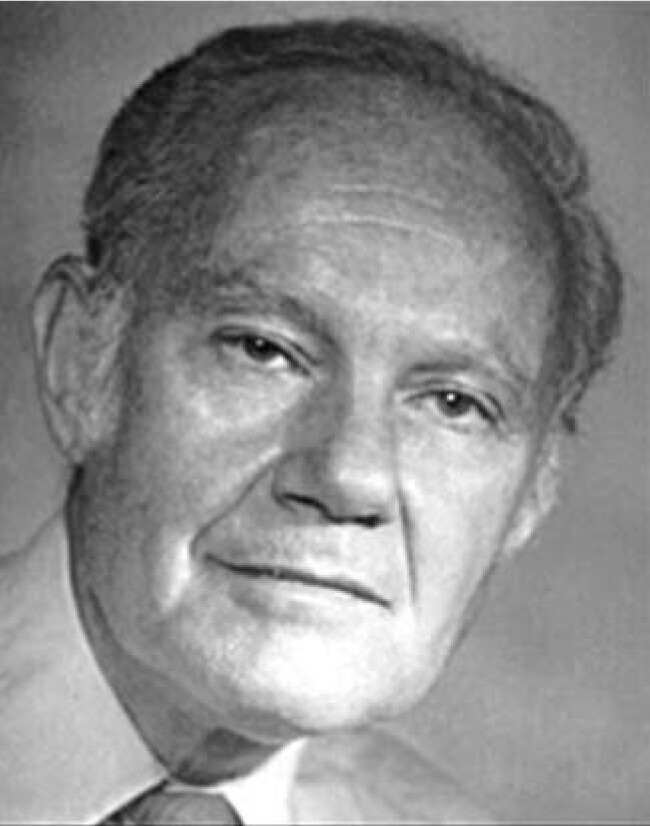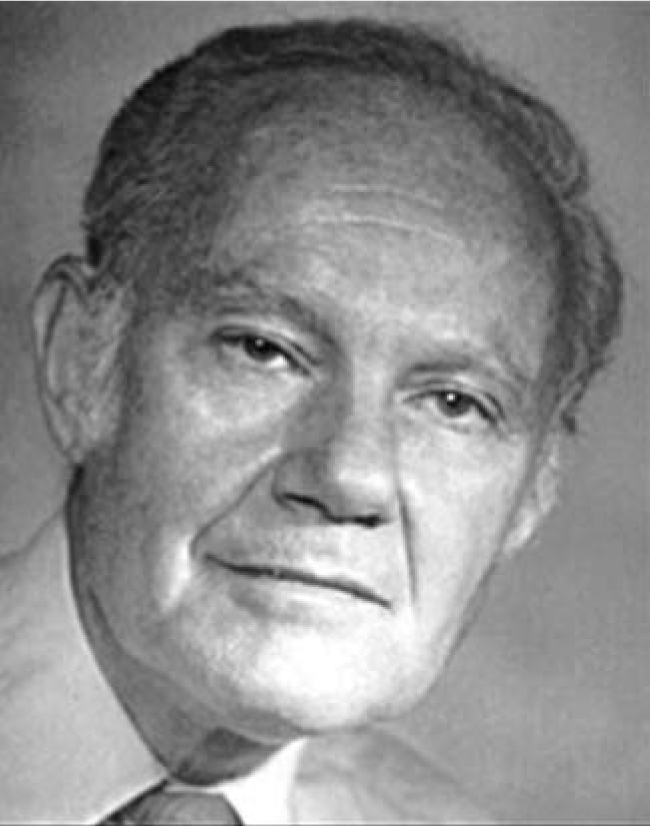Eugene Murray Allen
DOI: 10.1063/1.2012476
Eugene Murray Allen, best known for his achievements in and scientific impact on the field of color physics, died on 18 January 2005 in his hometown of Bethlehem, Pennsylvania, following a long illness. He and his wife, Beatrice, would have celebrated 69 years of marriage only five days later. Allen greatly influenced fields as varied as sorption, separations and catalysis, analysis of electronic and vibrational spectra at interfaces, and printing technologies for which he was known worldwide. Because most of these systems, especially interfaces, are of nanometer and subnanometer dimensions, he was a pioneer of nanoscience long before nanotechnology became today’s flourishing field.
Allen was born Emmanuel Kaplan in Newark, New Jersey, on 7 November 1916. His early striving for a broad scientific background is apparent from his choice of educational institutions and fields. After graduating from Columbia University in 1938 with a bachelor’s degree, he opted to study mathematics at the Stevens Institute of Technology in Hoboken, New Jersey. He concurrently did war-related work at the Picatinny Arsenal in Dover, New Jersey. In 1944 he received his MS from Stevens. He then studied chemistry, specializing in spectrophotometric physics, at Rutgers University while working at American Cyanamid Corp in Bound-brook, New Jersey. He received his PhD in 1952.
Six years later, American Cyanamid bestowed on Allen its Senior Research Award, which enabled him to spend six months in England studying the effect of ionizing radiation on textiles. In 1967 he took the directorship of the Color Science Laboratory at Lehigh University’s Center for Surface and Coatings Research; he held that post until his retirement in 1981. He greatly contributed to the well-being and international recognition of the center.
To his colleagues and students, Allen was an expert adviser and guide who not only practiced his science, but always reached for wider connections between science, the arts, and the humanities through the language of mathematics, the development of human perception of physical phenomena, and music. At Lehigh’s chemistry department and the Center for Surface and Coatings Research, he continued active research even after his retirement, and was a delightful partner in scientific discussions on a wide variety of subjects. He inspired friends and colleagues to study Chandrasekhar’s radiative transfer, opened for us links between astrophysics and physical chemistry of colloidal dispersions, and introduced systematic use of computers in the art of color matching.
Allen’s work continues to influence the application of computer color-matching programs that are routinely used today. His articles that described the mathematical methods for applying Kubelka–Munk equations to computer color matching laid the foundation on which all subsequent methods are based. Although others in industry had previously used and partially described such formalism, Allen’s complete, matrix-based descriptions placed the methods within the grasp of a multitude of users. His 1964 generalization of colorant formulation to fluorescent materials was also salient.
In addition to those accomplishments, Allen wrote a paper on observer metamerism, which occurs when a pair of color samples matches under one condition for one observer but does not match under another condition for another observer. His paper eventually evolved into a Commission Internationale de l’éclairage, or CIE, standard (the “standard deviate observer”) for quantifying observer differences in color matching. He was the first to develop, in the 1960s, the formalism of color-mismatch regions to quantify the color mismatches that can occur with different light sources and perceptions by different observers.
Allen received a number of awards for his achievements. In 1982 the Federation of Societies for Coatings Technology awarded him the Armin J. Bruning Award. In 1983 he received the Godlove Award, the Inter-Society Color Council’s highest honor. He also served on several ISCC committees.
The Lehigh professionals and faculty colleagues became lifetime family friends of Eugene and Beatrice Allen. Only a few weeks before Eugene’s death, a couple of other colleagues and I attended a piano recital given by one of Beatrice’s students at the Allen house. We sat with Eugene, who was listening and nodding in approval of the student’s performance of particularly challenging passages. Next time his chair will be empty, but our memories of this wonderful man remain, and we will look for his nod of approval whether in music or in science.


More about the Authors
Kamil Klier. Lehigh University, Bethlehem, Pennsylvania, US .
